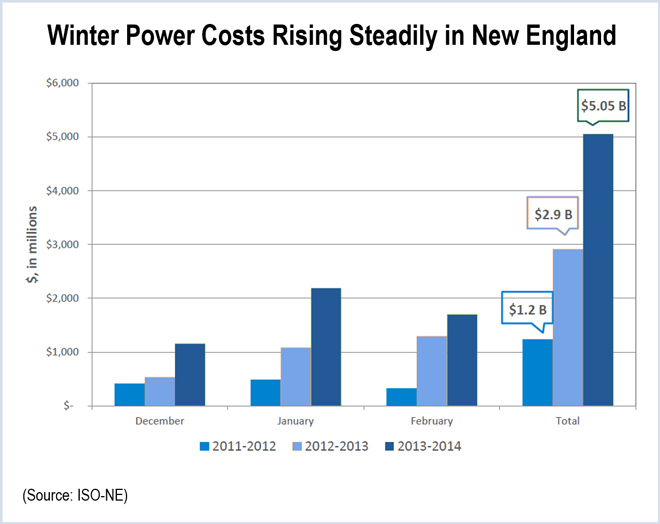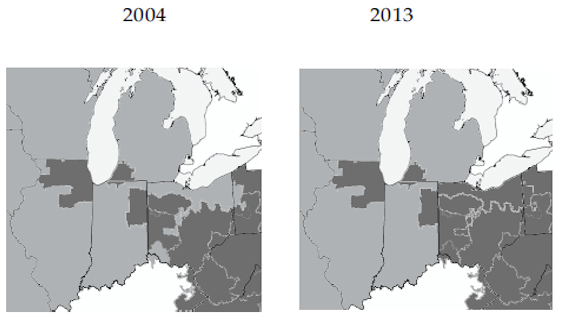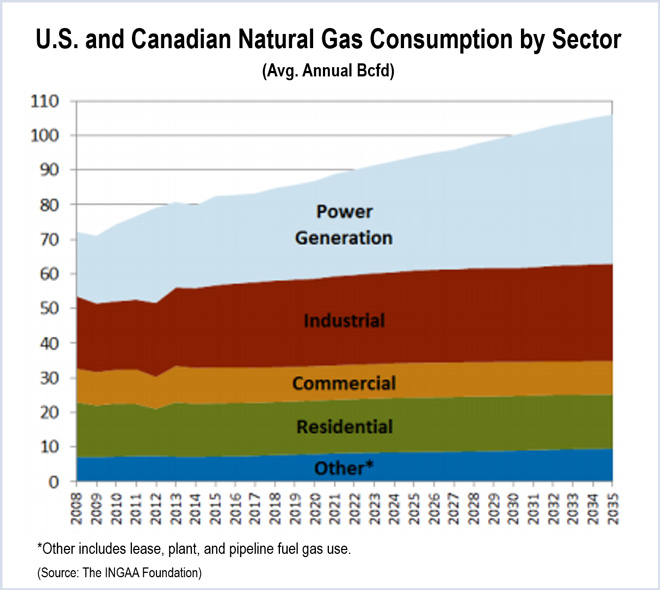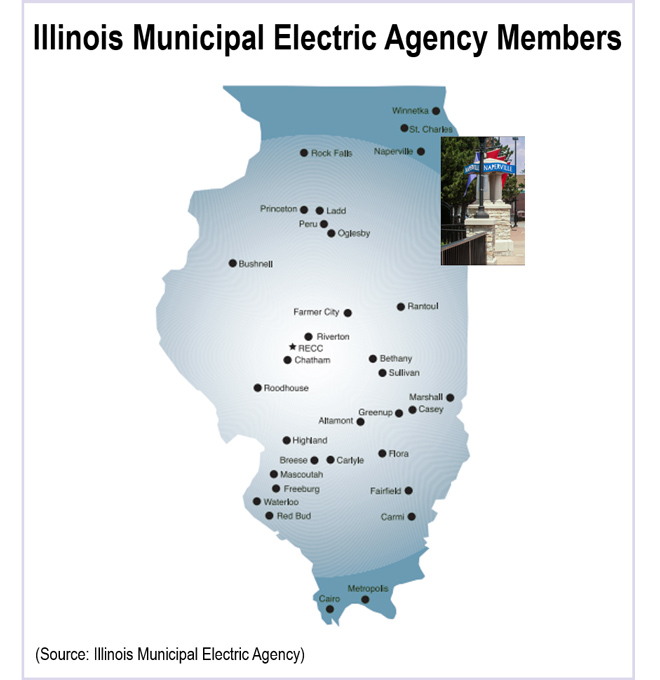By Chris O’Malley

(Click to zoom.)
Solar energy advocates in Indiana are decrying a proposal that would allow utilities to seek fixed charges for customers generating their own electricity.
House Bill 1320 would allow utilities to petition the Indiana Utility Regulatory Commission for fixed charges “to avoid, reduce or eliminate” a subsidy to customers that use distributed generation. The commission would authorize the charge if it concludes that the proposed “nonvolumetric rate design is based on principles of cost causation.”
As currently drafted, the law would not affect those who installed solar systems before Jan. 1, 2015.
Currently, Indiana’s small-time generators can sell their excess power back to a utility for roughly what they would otherwise pay for an equivalent kilowatt.
Reducing that return for those generating less than 1 MW by introducing a charge would be a disincentive for customers to install solar or wind generation and would effectively gut the state’s decade-old net metering law, opponents say.
“This is probably one of the most aggressive pieces of legislation we’ve seen to eliminate net metering,” said Amy Heart, a policy analyst for The Alliance for Solar Choice.
“Investor-owned utilities are fine with solar — if they can own it, if they can control it and then charge ratepayers what they want to charge,” Heart added.
Making Solar Affordable?
The bill’s chief backer, the utility trade group Indiana Energy Association, counters that HB 1320 would actually promote distributed generation, in part by allowing leased generating equipment to be eligible under the state’s net metering law.
A rooftop solar system can cost more than $25,000 to buy, which is beyond the means of many electric customers, said Mark Maassel, president of the trade group, whose members include Duke Energy Indiana, Northern Indiana Public Service Co., Indianapolis Power & Light and Indiana Michigan Power.
The utility group also said HB 1320 would ensure that those who generate their own power are also paying for the upkeep of the grid — not just ordinary ratepayers.
Those ratepayers effectively subsidize neighbors who can afford to purchase solar or wind generation of their own, Maassel said. “What we’re doing [under current law] is creating an advantaged group of people.”
The bill also would prevent counties and municipalities from prohibiting distributed generation in their jurisdictions.
Common Theme
The Indiana legislation is similar to what is being pursued by utilities in other fast-growing solar generating states, such as Wisconsin.
Last year, We Energies proposed raising its fixed charge by 75% while reducing what customers are paid for their own solar generation fed back to the grid. Consumer groups countered that WE’s proposed capacity charge would offset nearly 30% of a customer’s savings from solar.
They also argued that utilities, while paying consumers less for power they generate and feed back to the grid, could then turn around and re-sell the same power for much more during peak summer hours.
Maassel paints a different picture. A utility may be more often in a situation where it has to pay a generating customer for his excess electricity at the retail rate, say around 10 cents/KWh, whereas the utility otherwise could have purchased the same power for just 3 cents/KWh on the wholesale market.
Small-but-Growing Presence
Like Wisconsin, Indiana’s solar generation remains a tiny sliver of the overall power produced, although that share has been growing quickly.
From virtually nothing in 2005, there are now about 500 net metering customers — mostly generating solar power — with a nameplate capacity of 7,000 kW in Indiana.
Heart, of the Alliance for Solar Choice, said electric utilities are trying to nip that growth before it can blossom. She questioned claims by utilities that solar generators are contributing to grid costs, saying utilities have not provided convincing evidence.
In September, a study conducted for the Public Service Commission of Mississippi found “very little substantiated evidence that there are significant costs incurred by grid operators or distribution companies as a result of low levels of solar distribution resources.”
The study, by Synapse Energy Economics, concluded that solar net metering would have estimated benefits of $170/MWh and estimated costs of $143/MWh, resulting in $27/MWh of net benefits to Mississippi.
The Alliance for Solar Choice has been especially critical of Duke Energy, painting it as schizophrenic on net metering. While a key backer of HB 1320 in Indiana, Duke recently won praise for its support to help South Carolina become the 44th state to institute net metering.
Duke Indiana spokeswoman Angeline Protogere acknowledged that the utility was among those supporting HB 1320. Protogere said the bill was developed with the goal of “beginning the Indiana discussion [on the proper policy for customer-owned generation], one that balances the interests of customers who have their own generation and those who don’t.”







